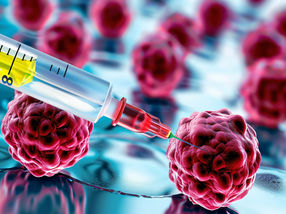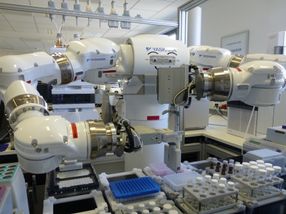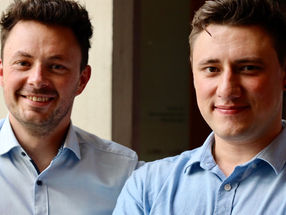Basilea's Ceftobiprole shows high cure rates in patients hospitalized with community-acquired pneumonia
Basilea Pharmaceutica Ltd. highlights the presentation of positive phase III results on ceftobiprole in the treatment of community-acquired pneumonia (CAP) requiring hospitalization at the International Conference of the American Thoracic Society (ATS). According to the company, the detailed analysis of top line results demonstrate high cure rates in patients at risk for poor outcomes.
The randomized, double-blind phase III study compared clinical outcomes following the treatment with ceftobiprole versus ceftriaxone with or without linezolid in patients hospitalized with community-acquired pneumonia. The clinical cure rate in the clinically evaluable patient population with moderate to severe pneumonia was 87% for ceftobiprole and 88% for the comparator arm. In patients infected with Streptococcus pneumoniae, the most common pathogen in CAP, high cure rates were achieved with ceftobiprole (93%) and the comparator (89%). In the overall study population ceftobiprole met non-inferiority with a margin (delta) of 10%.
Ceftobiprole achieved high cure rates in patients at risk for poorer outcomes such as elderly patients, patients with severe pneumonia, with systemic inflammatory response or with concomitant bloodstream infection. Ceftobiprole was effective in 93% of the clinically evaluable patients at age 75 or older (vs. 86% for the comparator). The cure rate in patients with class IV and V severity (PORT score) was 90% for ceftobiprole vs. 85% for the comparator. Patients with systemic inflammatory response syndrome were cured in 85% and 87% for ceftobiprole and comparator respectively, and 86% of patient with concomitant bloodstream infection were cured in both treatment arms.
Ceftobiprole was generally well tolerated, with an adverse event profile consistent with that previously reported.
Most read news
Other news from the department research and development

Get the life science industry in your inbox
From now on, don't miss a thing: Our newsletter for biotechnology, pharma and life sciences brings you up to date every Tuesday and Thursday. The latest industry news, product highlights and innovations - compact and easy to understand in your inbox. Researched by us so you don't have to.























































